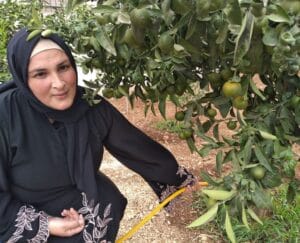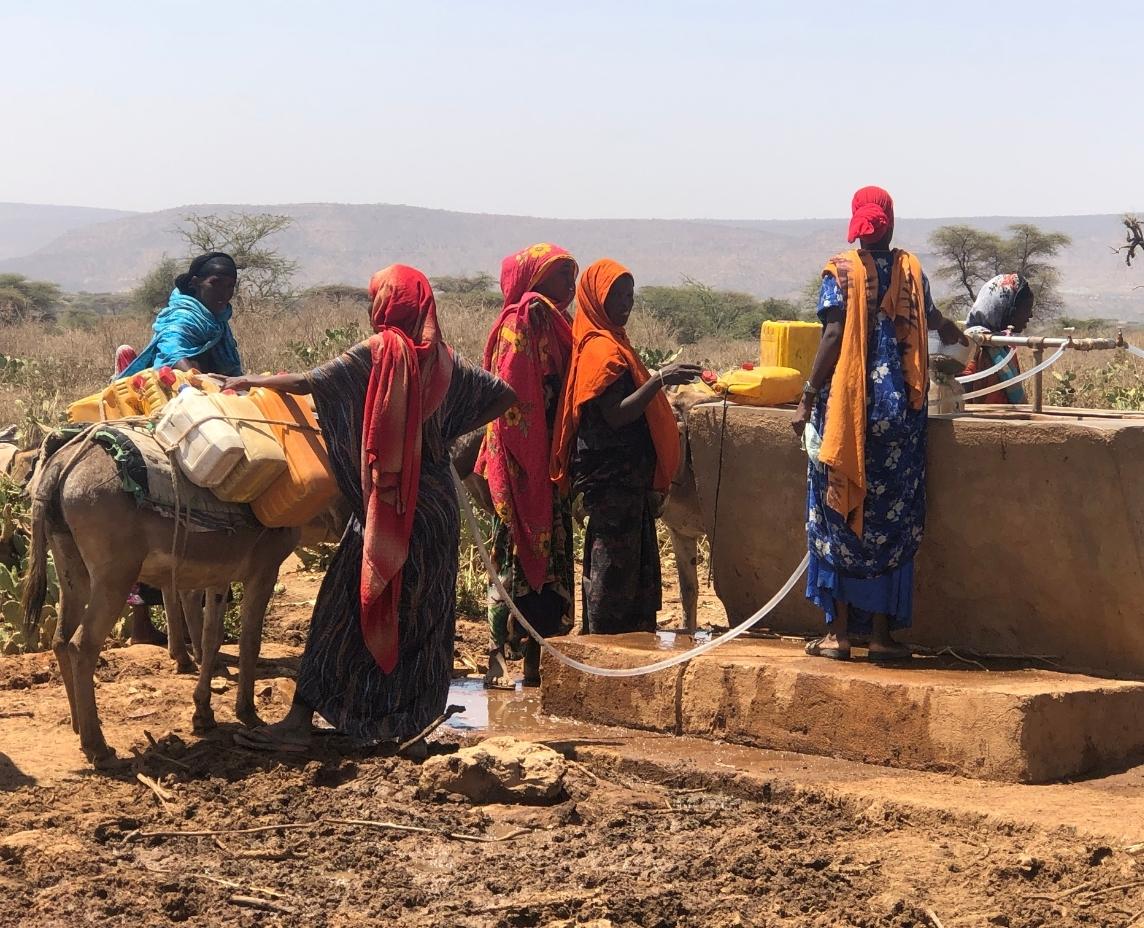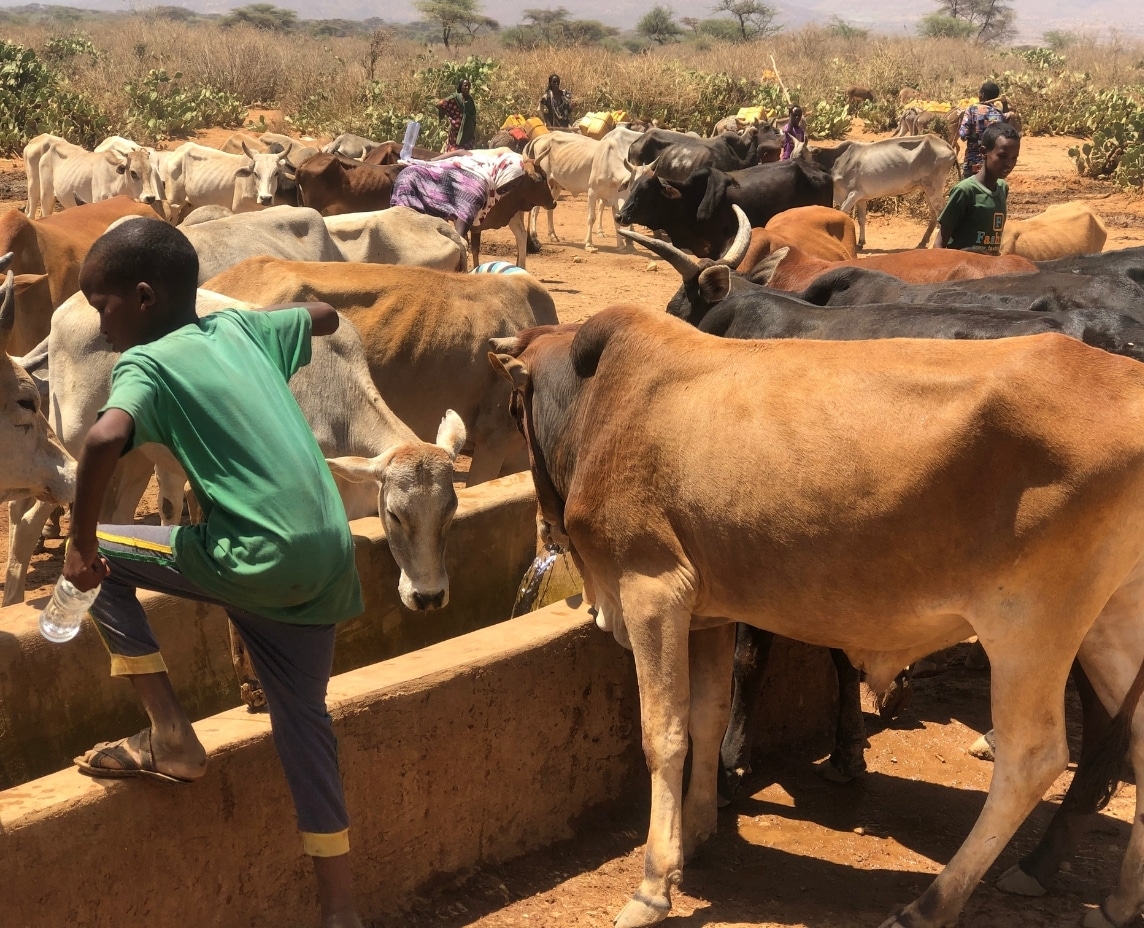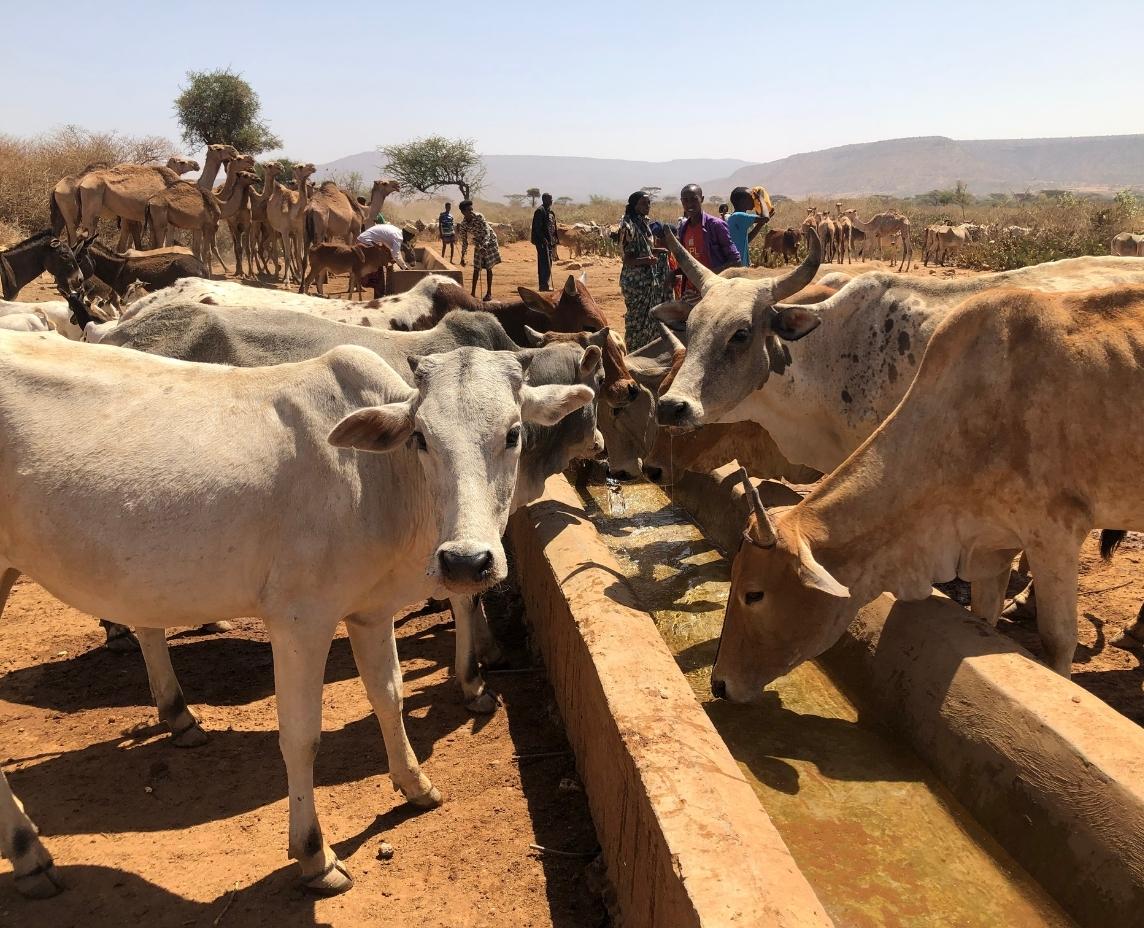We celebrate the “International Water Day”, whose theme and motto chosen for this year is “groundwater, making the invisible visible”.
In Ethiopia, and especially in the Somali region, where we are working on the implementation of an agreement with funding from AECID, we are aware of the vital role of groundwater in strengthening the resilience and livelihoods of Somali agro-pastoral communities.
Groundwater is critically important to ensure access to water for the population, livestock, agriculture, ecosystems and adaptation to climate change.
However, the lack of infrastructure for the use of groundwater puts millions of people in the region in an emergency situation.
The World Food Program has recently issued a warning that the Horn of Africa is facing its driest conditions since 1981 – after three consecutive failed rainy seasons – and that four million Somalis will struggle to find food if the rains fail materialize in April.
The impacts of climate change, especially droughts, are becoming more frequent and hence the importance of sustainably exploiting groundwater.
In large areas of the Somali region there has been a lack of rain for three consecutive periods, forcing Somali communities to move to other areas to survive, which has generated a humanitarian crisis.
The drought has resulted in a lack of access to safe drinking water, people are unable to meet their basic needs, and livestock are dying. Today the government estimates that more than 260,000 head of cattle have died in the Somali region and more than 2 million are at risk.
According to UNICEF, more than 6.8 million people in drought-affected areas will need urgent humanitarian assistance by mid-2022. In the drought-affected areas of Oromia and Somalia, around 225,000 malnourished children and more than 100,000 pregnant women and infants need urgent nutritional support. The drought is also affecting children’s access to education, with more than 155,000 children in the lowlands of the Somali and Oromia regions having dropped out of school to help fetch water, often traveling long distances.
According to the Disaster Risk Management report, within the Somali region, the Fafan region, where we implemented the agreement, since January, has received more than 250,000 people and more than 2 million head of cattle from other areas of the Somali region.
These displaced families have been welcomed by local communities: It is one of the traditional mechanisms of Somali communities to deal with droughts. They move with the whole family and the animals until they find more favorable areas and are welcomed by the local communities. In fact, it is to admire the social capital of Somalis and how they help each other in times of crisis.
In Hanchebi, for example, one of the kebeles in South Jijiga, where we implemented the agreement, they have received more than 360 families. These displaced people come from different places, such as Dagahbur and Fiq, more than 170 km away. Some have been walking for more than 30 days before arriving and settling in Hanchebi. They have settled here with the approval of the host communities due to the availability of water, better pastures and availability of food from the local communities. The local population according to data provided by the kebele was 780 families. Due to the vulnerability of the displaced and lack of resources, every two households have taken in one of these displaced families. For three months they have shared food, water and pasture for the cattle.
Previously, before the implementation of convention activities, this kebele was one of the most vulnerable in the South Jijiga woreda. They had no state services; no type of infrastructure (highway or path) or schools, or nursing post; they lacked a source of water for the local communities.
The population of this kebele relied on traditional rainwater storage systems such as birkas (water storage systems intended to collect rainwater during the rainy season and store it for use during the dry season), and moved to other areas to collect water during the long dry season. But in the dry season, when the birkas had already dried up, the women and girls spent more than 5 hours a day fetching water from other distant places.
With a multisectoral intervention, based on guaranteeing access to water through the construction of a 70-meter-deep water well to guarantee access to water for human consumption, livestock, and the introduction of agriculture and other activities such as implementation of water and soil conservation measures, fodder production and the planting of multipurpose and fruit trees for the diversification of agricultural production (promoting a diversification of livelihoods), the resilience of these communities has been strengthened and their living conditions have been improved.
In total, within the framework of the agreement, between the rehabilitation and construction of different wells, access to water for human, animal and agricultural consumption has been guaranteed to more than 1,200 families. Now, with the reception of internally displaced persons, the local authorities estimate that 750 additional families benefit from the water sources built within the framework of the agreement.
However, due to the high number of displaced people and livestock in the Fafan area, if the situation does not improve soon in their places of origin and the displaced cannot return to them, there is a risk that the existing resources of the host communities will be depleted.
Increasing resource pressure due to large numbers of people and livestock sheltered is jeopardizing fragile livelihoods that rely heavily on livestock and leading to worsening food security and nutrition, while that erodes the survival strategies of the most vulnerable.
The rainy season would have to start soon and if it is not possible to produce fodder and food (due to the high number of livestock, the difficulty of cultivating the land is greater and an intensification of conflicts between herders and farmers is possible) the resilience and achievements local communities will be threatened.

Lack of fertile land and scarcity of water for irrigation remain a major constraint facing farmers, significantly undermining their livelihoods and leaving many families without access to decent work.
In the agreement, financed by AECID, which the Foundation develops in Palestine, the beneficiaries see increased availability of natural resources, land and water.
In order to improve the efficient management of water resources, the adaptation of rainwater collection tanks, the rehabilitation of springs and pools, and the installation and rehabilitation of drip irrigation systems, based on efficiency.
The coastal aquifer is the main source of water for the two million inhabitants of Gaza, (Palestine), and over-extraction is depleting water resources at an unstoppable rate, and proposals for solutions on how to use that rainwater for recharge of the aquifer are been studied.
Within the framework of our agreement, in Gaza, 4 earthen pools have been built to support the sustainable management of groundwater, to benefit 20 farmers, with a water capacity of 300 m3. During the last 2 years, the total amount of water storage was 10,800 m3.

















